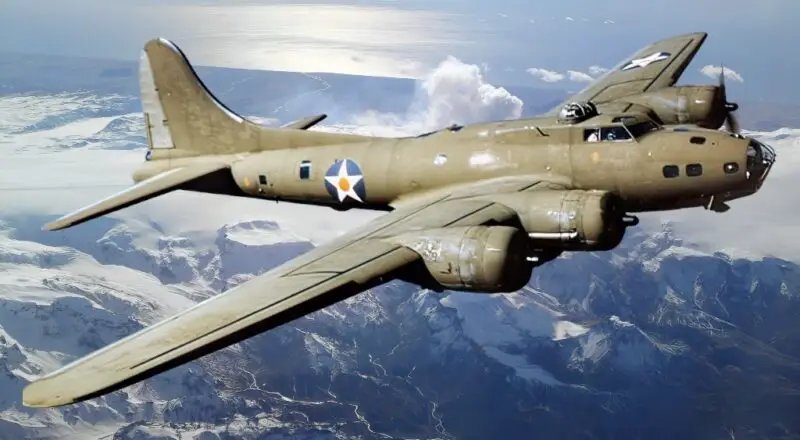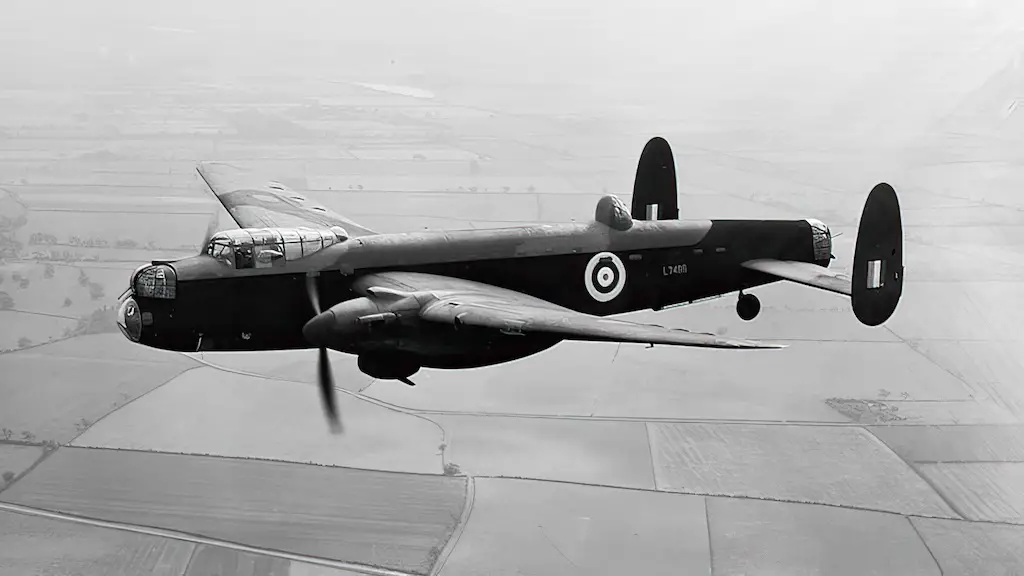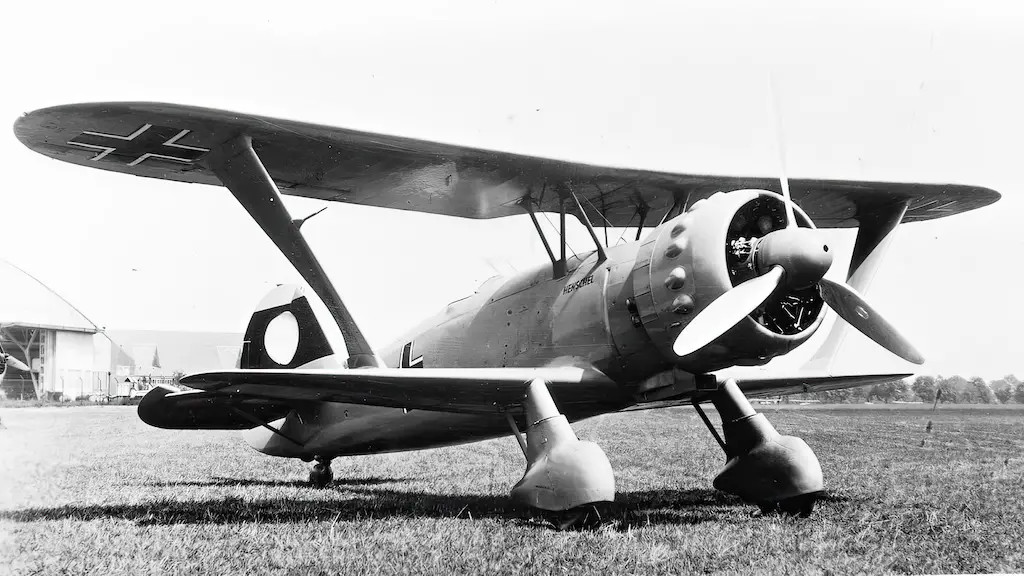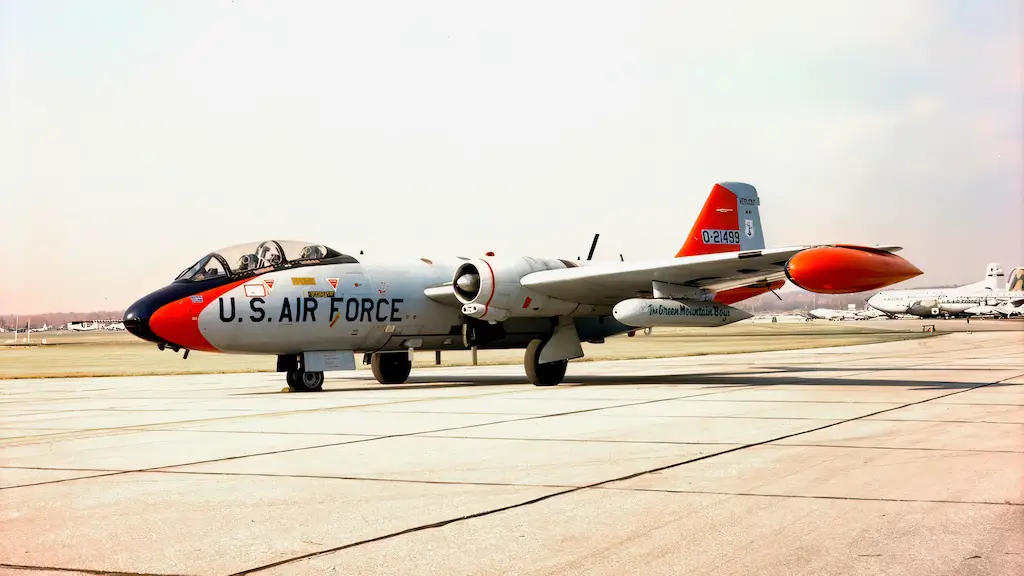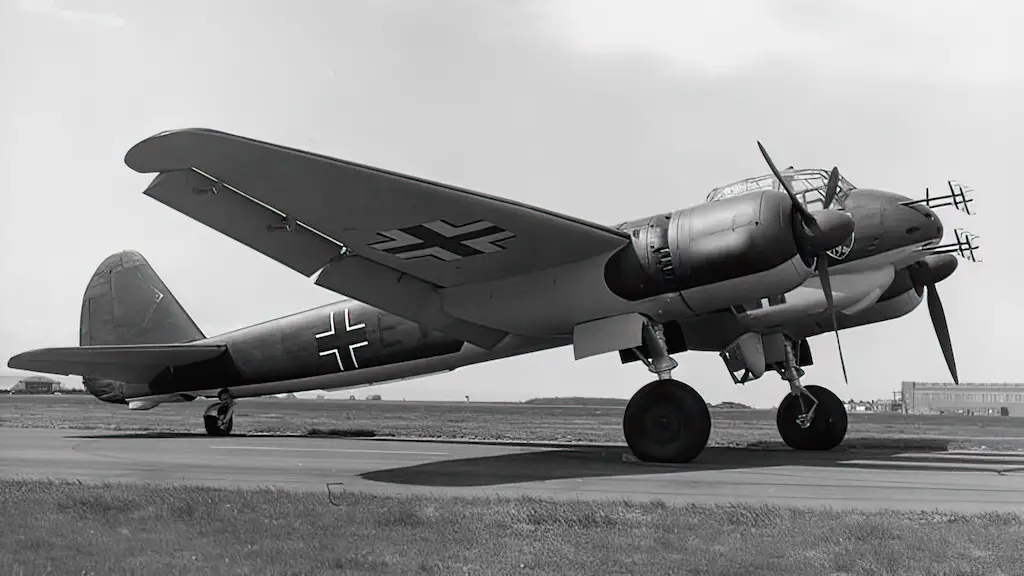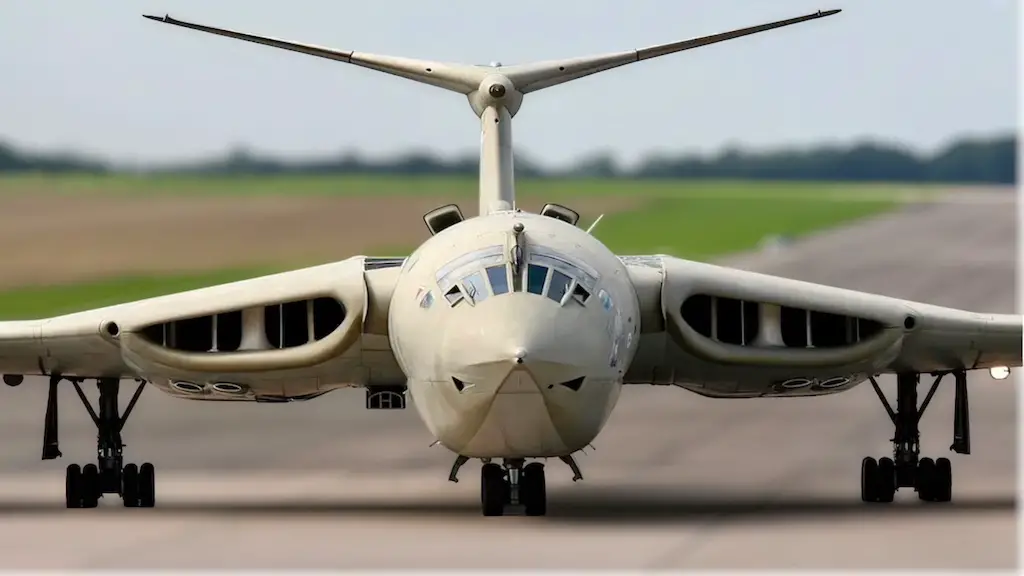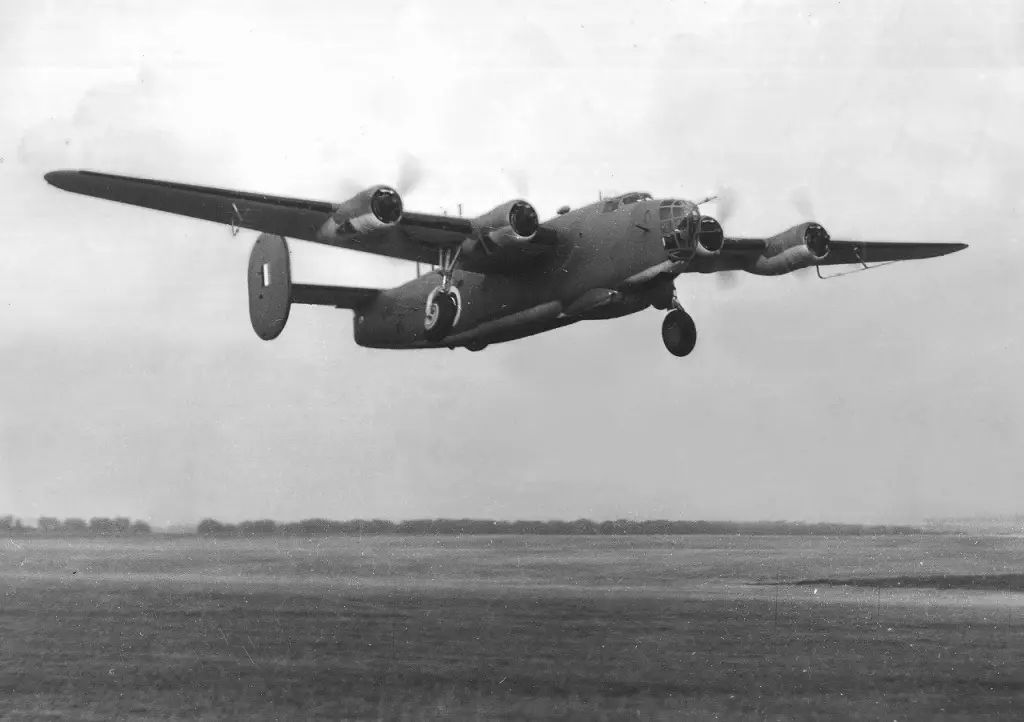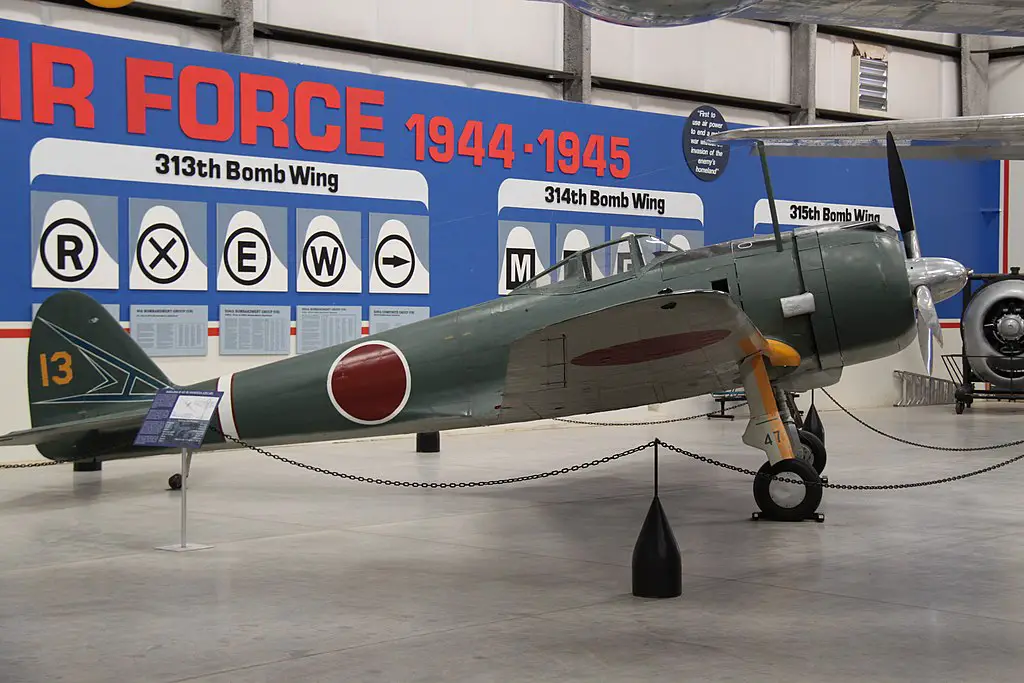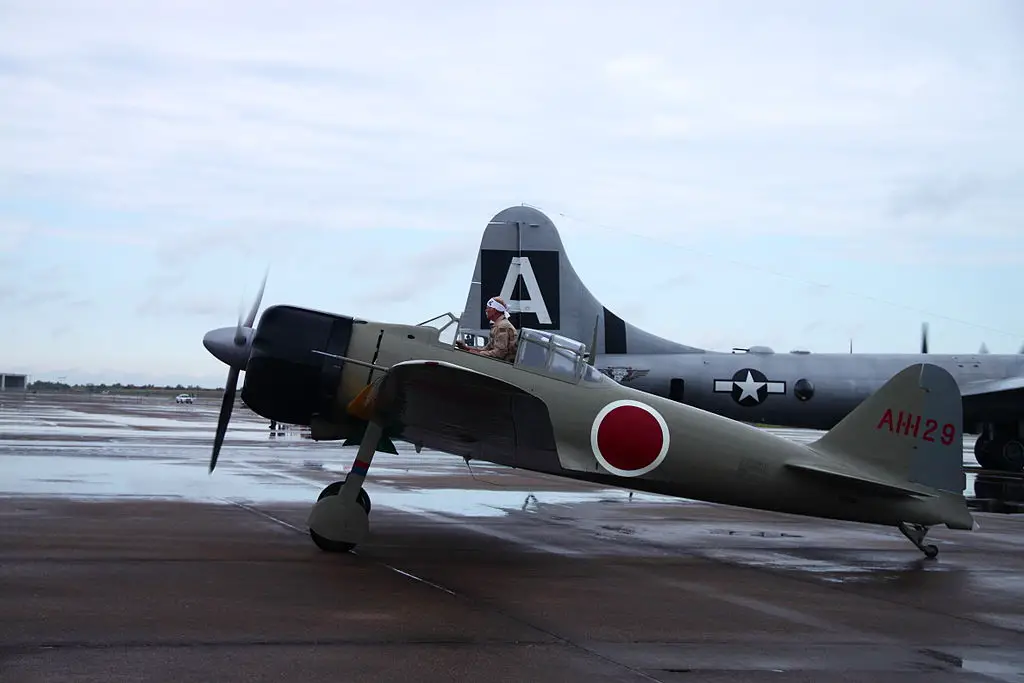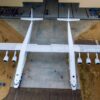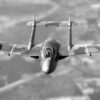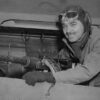On a mission
On March 31, 1943, 2nd Lt. Owen John Bagget, a co-pilot of a B-24 Liberator flew on a mission to bomb a railway bridge near the town of Pyinmana, Burma. Bagget volunteered for the U.S. Army Air Corps back in 1941, leaving a white-collar job at an investment firm in New York. Upon completing his basic flight training he was stationed at an airfield in Pandaveswar, India, serving with the 7th Bomb Group of the 10th Air Force.
By March 1943 he had taken part in quite a few similar raids on targets in Japanese-occupied Burma. This one was supposed to be another routine mission. Instead, it seems that Bagget managed to pull off an absolutely improbable feat suitable for some super-hero graphic novel or an action movie.
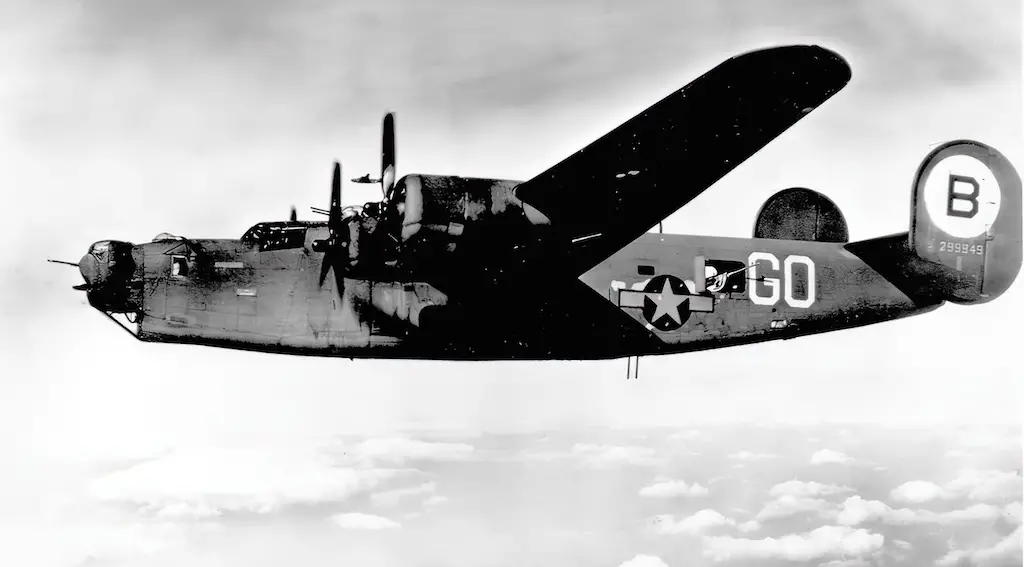
Badly hit
Before reaching their target the unescorted group of bombers was attacked by about a dozen Japanese fighters. Nakajima Ki-43 Hayabusa, according to some accounts, or Mitsubishi A6M Zero, according to another. Soon Bagget’s B-24 was badly hit. Then bottles with oxygen supply got on fire, further worsening the blaze onboard.
As situation became desperate, 1st Lt. Lloyd Jensen ordered the crew to bailout, which at least five of them did just moments before their bomber exploded. As the airmen were parachuting toward the ground hanging defenseless under their chutes, Japanese fighters started circling around strafing the survivors. Apparently, that way they killed some of the remaining Liberator crew.
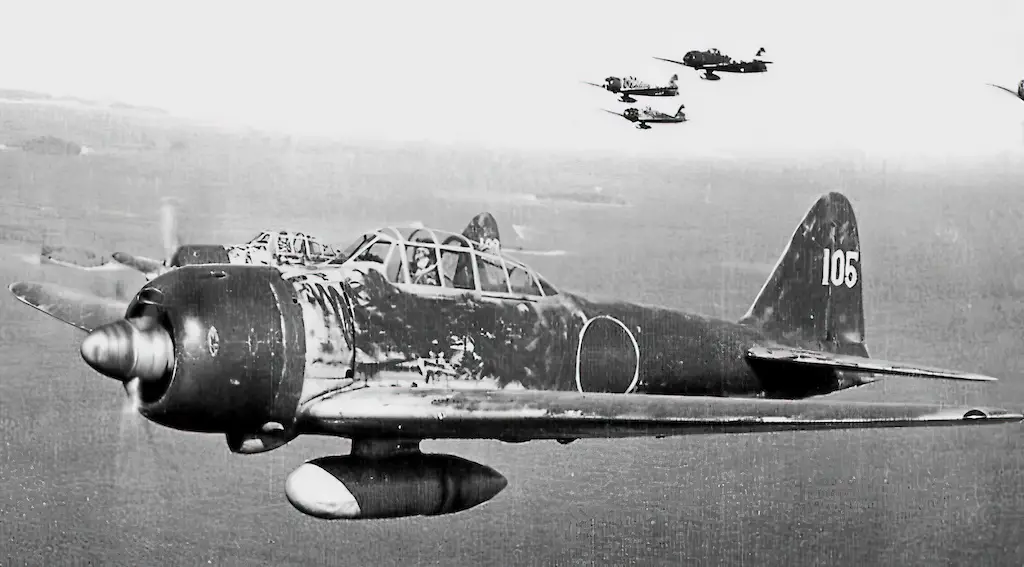
Playing dead
In these attacks a bullet grazed Bagget’s arm, after which he decided to play dead. Apparently, one fighter pilot decided to check whether that was true. He flew toward Bagget from beneath, climbing almost vertically and slowing down to about the stall speed as he neared the American airman.
According to Bagget’s account, the Japanese fighter pilot even opened his canopy to have a better view. When the fighter levelled with him, Bagget took out his Browning M1911 and fired four shots at the pilot. The aircraft spun toward the ground, although Bagget didn’t really see it crash.
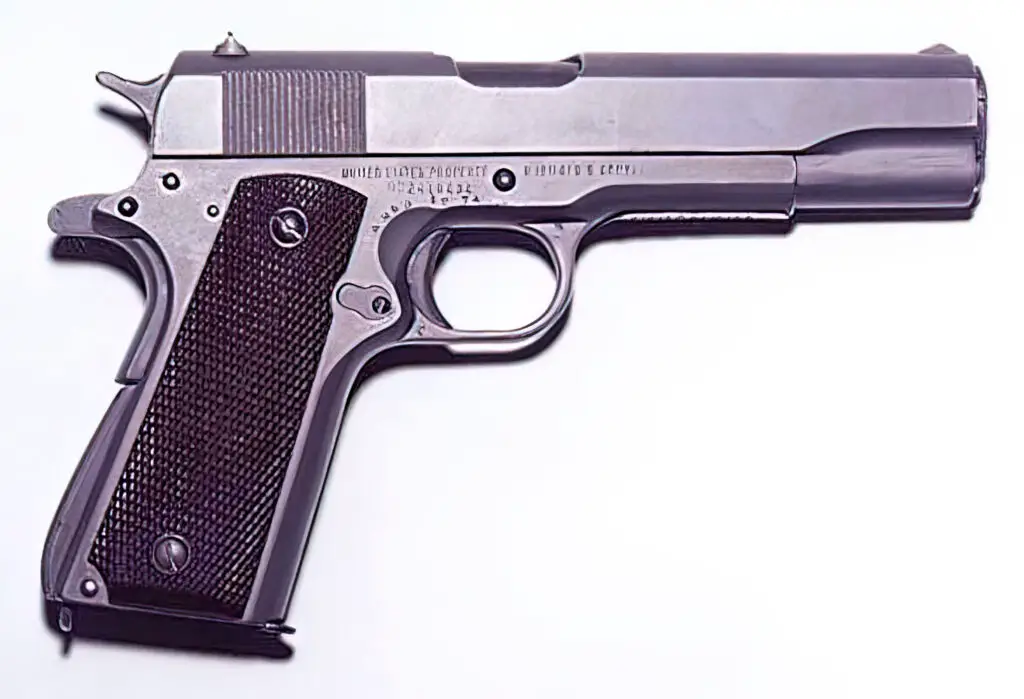
Supporting evidence
On the ground Bagget and three other crew members fell into the hands of the Japanese. In the prisoners’ camp Bagget met with Col. Harry Melton, commander of the 311th Fighter Group. Melton reported to Bagget the words of a Japanese officer: the day Bagget’s Liberator was downed a fighter pilot was found dead from gunshot wounds inside a crashed plane.
That, together with the fact that Bagget shot at the Japanese at about 4,000 ft to 5,000 ft — an altitude which would give the pilot enough time to regain the control of a stalling aircraft — allows for a conclusion that Bagget did, indeed, knock out that fighter pilot with his pistol. Besides, no Allied fighters are known to have been present in the area on that day, which more or less rules out the possibility of it being shot down by someone else.
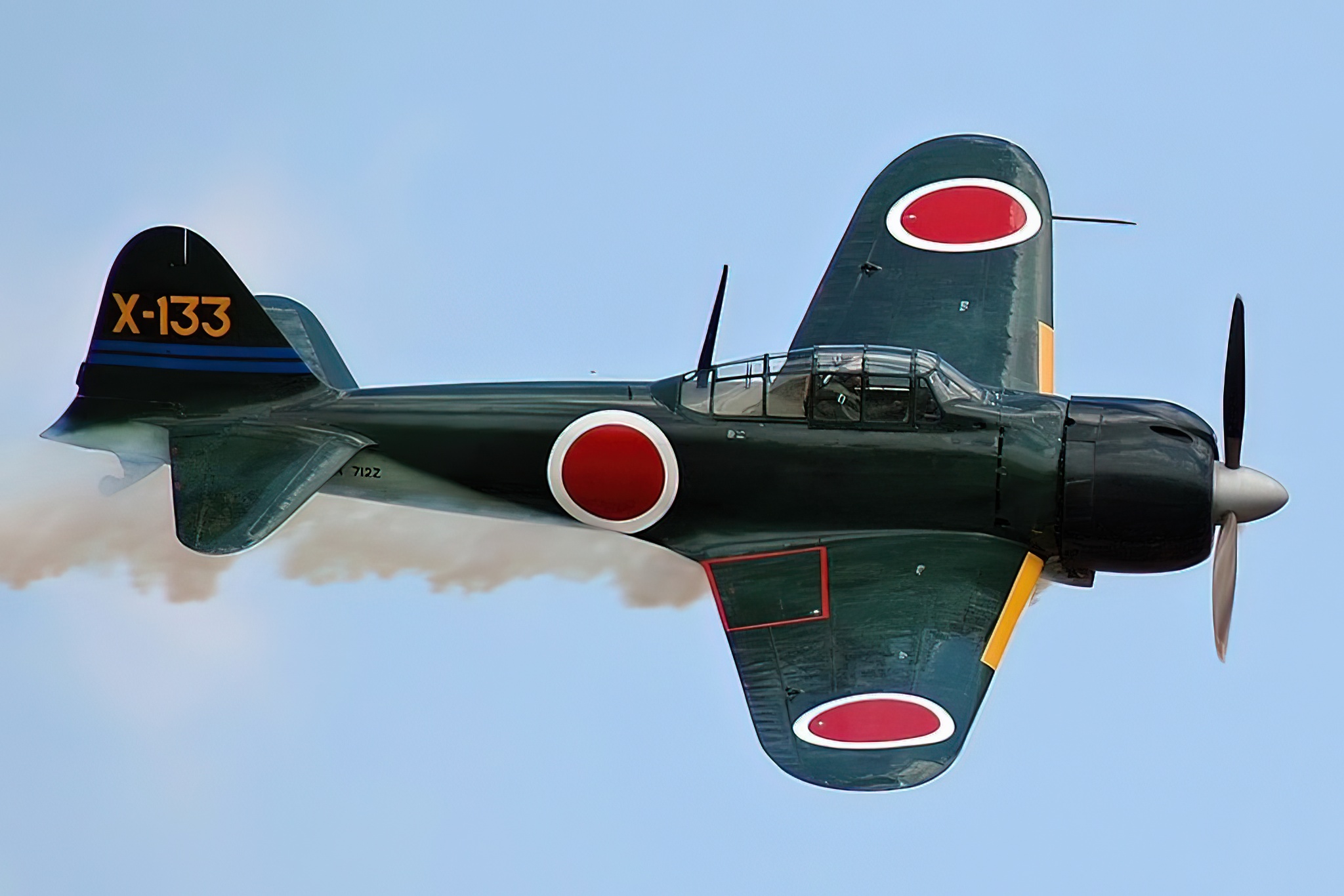
Celebrity status
Bagget also recalled that upon their capture he was treated by the Japanese as some sort of a celebrity. They even gave him an opportunity to commit Seppuku, which he declined. That may also serve as an indicator of his accomplishment, which Bagget’s captors were, apparently, aware of.
Bagget survived the captivity and went on to serve as a military pilot for some time before retiring as a Colonel and getting back to the Wall Street line of business. He died in 2006.


